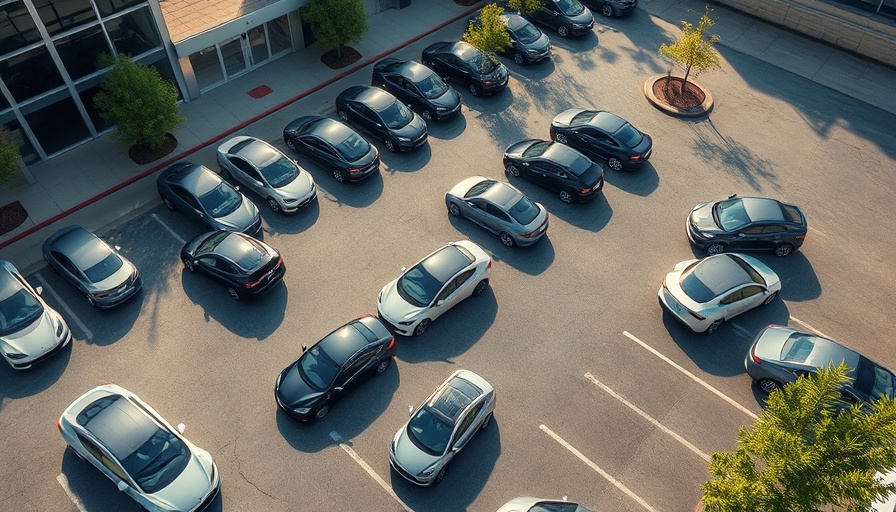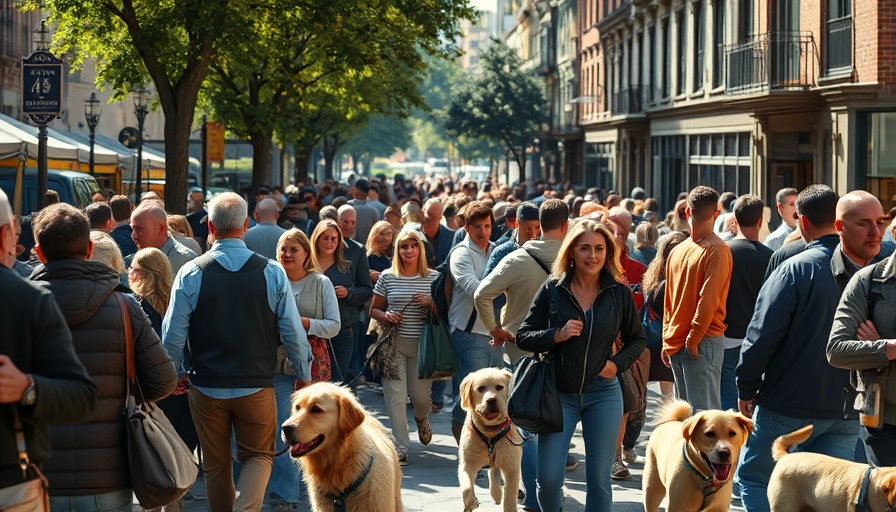
Tragedy Strikes: The Cost of Innovation in Automotive Design
The families of two young college students, Krysta Tsukahara and Jack Nelson, are mourning a catastrophic loss that has raised profound questions about safety in the rapidly evolving automotive industry. Their tragic deaths occurred in a Tesla Cybertruck last November when the vehicle crashed and subsequently burst into flames. Allegations against Tesla suggest a significant design flaw in the vehicle's door mechanisms left the victims unable to escape in the critical moments after the crash.
A Heartbreaking Incident Reveals Potential Design Oversights
According to the newly filed lawsuits in Alameda County Superior Court, both sets of parents allege that Tesla was aware of the potential problems with the electronic door latches, which fail when the vehicle's battery is compromised. In the event of a crash, these latches can lock occupants inside, as they did for Tsukahara and Nelson. Compounding this horror, the manual release mechanisms are reportedly difficult to locate—a design choice that may prioritize aesthetics over safety.
Federal Investigations and Growing Concerns
This lawsuit coincides with an ongoing investigation by the National Highway Traffic Safety Administration (NHTSA) into complaints regarding Tesla doors becoming stuck after accidents. Recent reports indicate that other drivers have faced similar issues, where rescuers were forced to break windows to extricate trapped passengers. This inquiry adds layers of complexity to a company that is already under scrutiny as it strives to market its vehicles as safe for autonomous operation.
Behind the Numbers: The Broader Implications for Tesla
The fallout from this incident is more than just one tragic story. In August, a jury awarded over $240 million in damages to the family of another college student killed by a runaway Tesla. These precedents raise significant concern about Tesla’s accountability and the safety protocols surrounding their cutting-edge technologies. The implementation of electronic door latches, while innovative, now provokes a critical discussion about whether such advancements compromise the fundamental safety of vehicle occupants.
Seeking Accountability and Changing Industry Standards
The families are not just pursuing compensation; they aim to raise awareness about safety in automotive engineering. Their fight signifies an essential challenge to Tesla's reputation and might compel the company to reconsider design features that, while modernizing its cars, may place lives at risk. As the case unfolds, it serves as a stark reminder of the balance between technological advancement and consumer safety—a balance that must be vigorously examined to prevent future tragedies.
This distressing news brings to light not only the perils associated with high-tech vehicles but also the importance of manufacturer accountability. If you find yourself concerned about the safety implications of electric vehicle technology, stay informed and engage in discussions about advancements in automotive safety standards that prioritize human lives above all.
 Add Row
Add Row  Add
Add 




Write A Comment